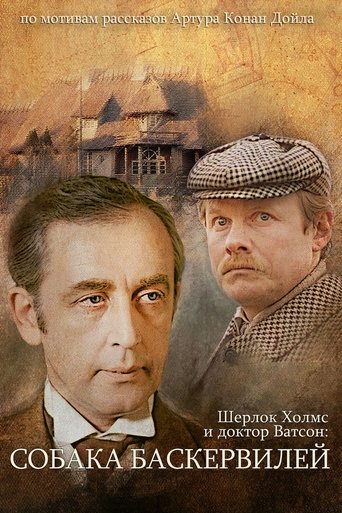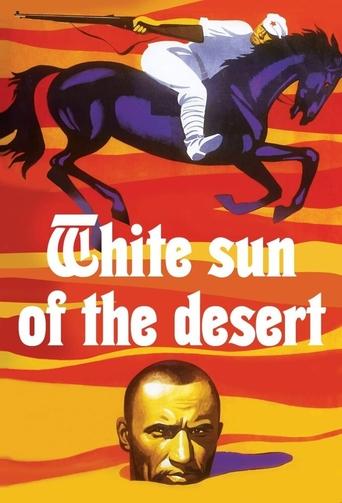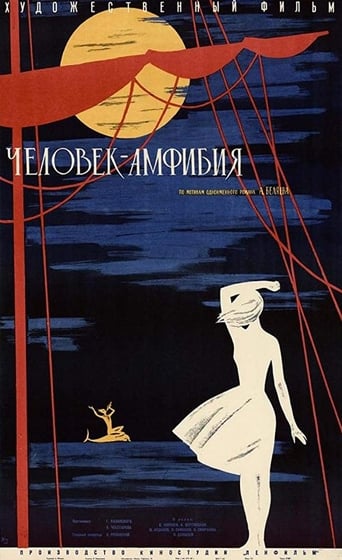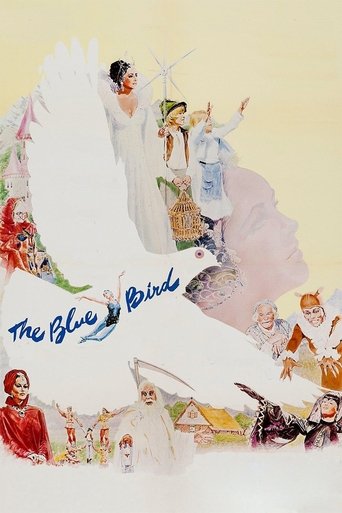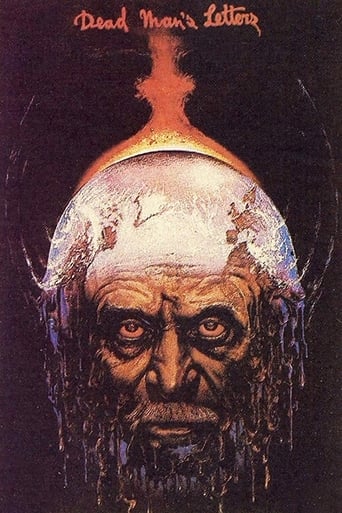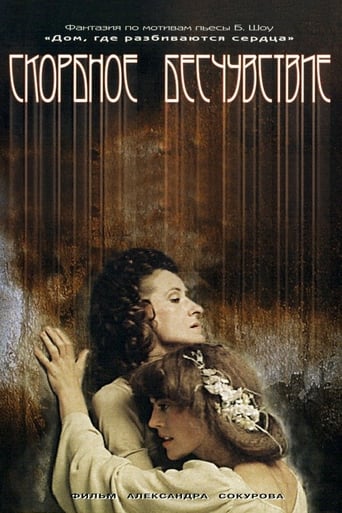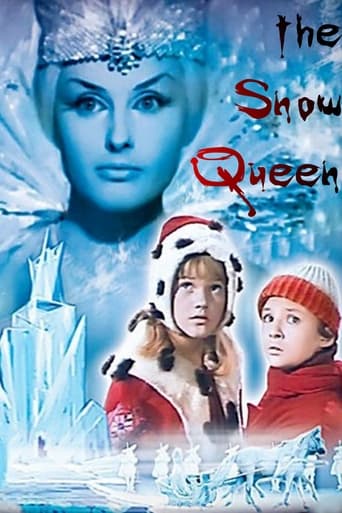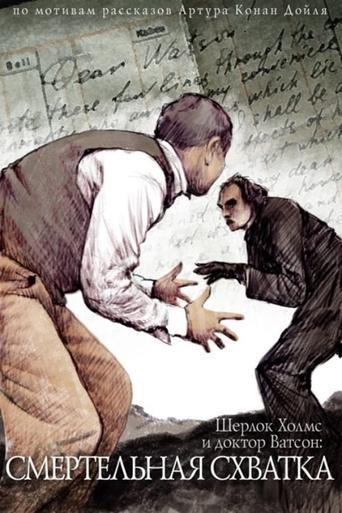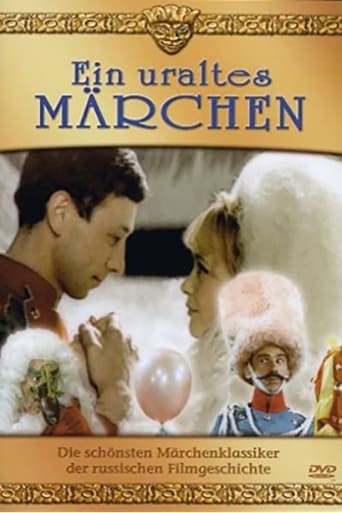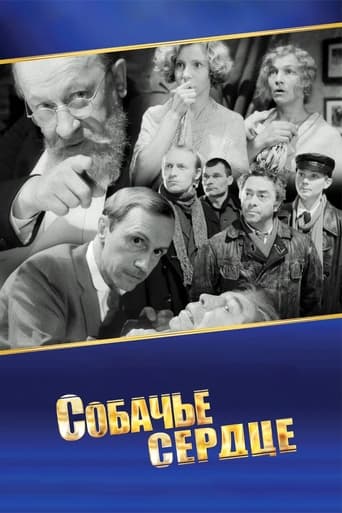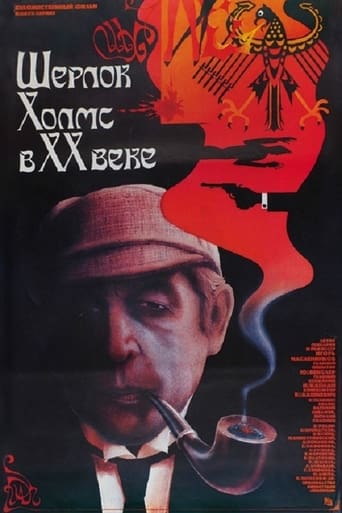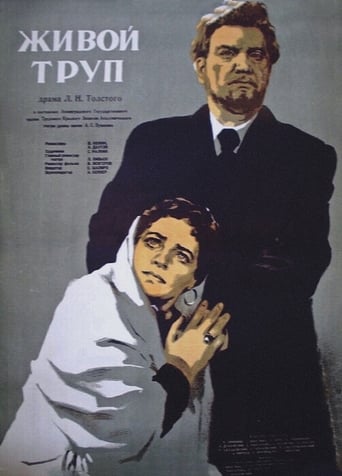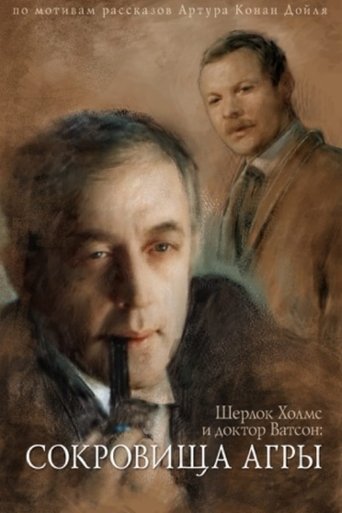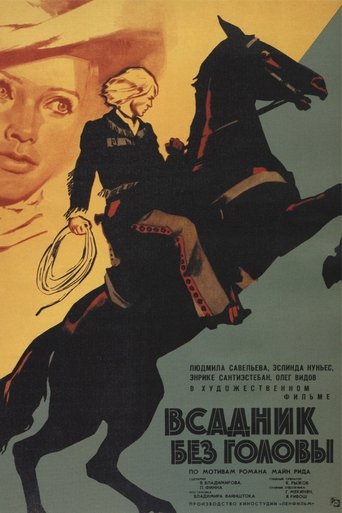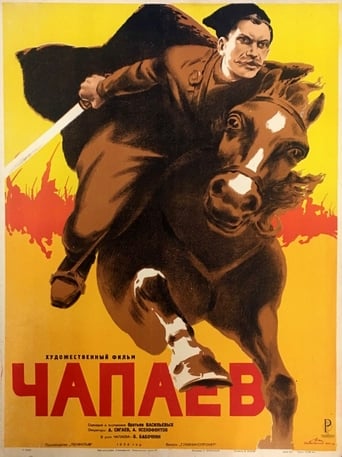The Adventures of Sherlock Holmes and Dr. Watson: The Hound of the Baskervilles, Part 1 1981
The Hound of the Baskervilles is a 1981 Soviet film adaptation of Arthur Conan Doyle's novel The Hound of the Baskervilles. It was the third installment in the TV series about adventures of Sherlock Holmes and Doctor Watson. A potent streak of humour ran through the film as concerns references to traditional British customs and stereotypes, ensuring the film's popularity with several generations of Russophone viewers. Other features of this best entry in the series include excellent exterior shots which closely match the novel's setting in the Dartmoor marshland, as well as an all-star cast: in addition to the famous Livanov -Solomin duo as Holmes and Watson, the film stars the internationally acclaimed actor/director Nikita Mikhalkov as Sir Henry Baskerville and the Russian movie legend Oleg Yankovsky as the villain Stapleton.
